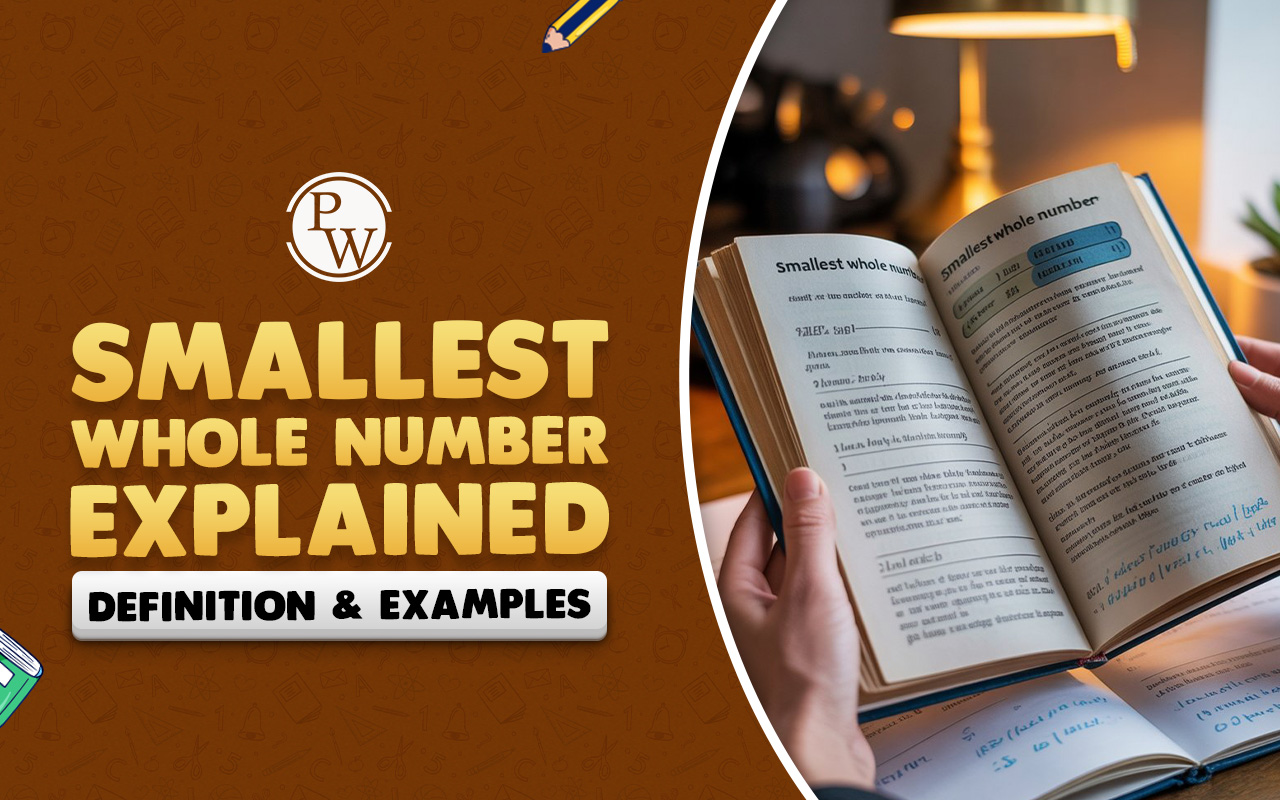
Different types of materials exist around us, impacting our lives in various ways. We can perceive their physical features, while each serves a different purpose. Why do builders prefer concrete, and chefs prefer ceramic cookware?
To answer these questions, you must understand the types of materials and their properties. This blog introduces the different materials types, their properties, and uses along with some materials examples to help you make correct choices about materials for making different products, tools, or structures.
Read More- What is Oxygen? Importance of Oxygen
How Many Types of Materials Are There?
The types of materials may vary depending on how we categorize them. However, most commonly, materials are classified into the following types:
-
Metals
-
Polymers
-
Ceramics
-
Composites
-
Natural materials
Types of Materials
Each type of material has distinct properties, and based on that, they are used for different purposes. Let's look at the types of materials in detail.

Metals
Metals are one of the most widely used materials due to their strength, durability, and ability to conduct electricity and heat. They are obtained from their natural ore and later refined to make them usable. Metals are usually malleable and ductile and have lustre.
Iron, copper, silver, gold, aluminium, zinc, etc. are examples of metals. Metals are widely used in the construction, electronics, automotive, and jewellery industries.
Sometimes, two or more metals are combined to form a third material, which is called the alloy of the other two metals. For example, brass is an alloy of copper and zinc.
Read More- Leguminous Plants: Definition, Types, and Examples
Polymers
Polymers are materials made up of large molecules of repeating structural units. They can be found in nature (for example, rubber) or can be made synthetically (like plastic). They can be moulded to make various designs, including opaque, transparent, or translucent materials. Synthetic polymers include daily-use plastics and nylon to more specialized polyester.
Examples of polymers are polyethylene, PVC, nylon, Teflon, etc. They are widely used in packaging, building materials, textiles, electronics, and other industries.
Ceramics
Ceramics are non-metallic and inorganic materials prepared by mixing different raw materials and specially treated with heat to make them harder and more durable. Despite being brittle materials, ceramics' outstanding heat resistance and mechanical strength make them ideal for making various items. They are also resilient to extreme conditions.
Examples of ceramics are porcelain, glass, tiles, bricks, clay, etc. Ceramics is used in construction materials, cookware, kitchenware, sanitary items, electronics, and aerospace industries.
Composites
Composites combine two or more different materials to produce a new material with improved properties. The components collectively contribute to the overall properties of the newly formed material.
The manufacturing process typically involves combining different raw materials through a chemical process and reinforcing them with fibres and particles to enhance the strength, durability, and environmental resistance properties.
Examples of composites are concrete (cement + sand + gravel), fibreglass (glass fibre + resin), etc.
The strength, flexibility, and lightweight properties of composite materials make them ideal for specialized applications like aircraft, buildings, sports equipment, vehicle bodies and parts, etc.
Read More- Reflection of Light | Law, Formula & Examples
Natural Materials
Natural materials are derived from natural sources such as plants, animals, or minerals without undergoing major chemical changes. These materials are eco-friendly and biodegradable.
Natural materials include wood, cotton, silk, wool, leather, paper, etc.
These materials are extensively used in making furniture, apparel, shoes, and several household and commercial products.
10 Materials Name with Examples
The list given below gives a quick reference of 10 material names along with their common uses:
|
Name of Material |
Type of Material |
Use of Material |
|
Iron |
Metal |
Building structures |
|
Copper |
Metal |
Electrical wiring |
|
Plastic |
Polymer |
Bottles, containers |
|
Rubber |
Polymer |
Tyres, gloves |
|
Glass |
Ceramic |
Windows, containers |
|
Brick |
Ceramic |
Construction |
|
Wood |
Natural |
Furniture, houses |
|
Cotton |
Natural |
Clothing |
|
Concrete |
Composite |
Buildings |
|
Carbon Fiber |
Composite |
Aircraft, sports gear |
Read More- What is Temperature? Definition, Scales, Units, & Facts
Why Understanding Different Types of Materials Is Important?
A clear idea about the different types of materials and their characteristics helps us in different ways as follows:
-
Choosing the right material for a specific application based on their properties.
-
Innovate new products with desired quality and characteristics by combining different materials.
-
Reduce environmental impact by opting for biodegradable or recyclable materials.
-
Minimize cost impact by substituting materials with affordable alternatives with similar or improved properties.
-
Analyze the sourcing of materials and promote using non-renewable and environment-friendly material.
The different types of materials around us impact our lives in various ways. With the help of examples of materials and the list of materials names, you now have a clearer understanding of how to decide on the right material for specific purposes.
Read More- Solar system - Facts, Formation & Composition
Give Your Child Fun-Filled Learning Days with Curious Junior
Is your child losing interest in studies or finding school lessons difficult to follow? The CuriousJr online tution classes offer live , easy-to-understand classes that help students in Classes 3 to 8 learn better from home. With regular support and interactive sessions, your child can stay focused and improve their day-to-day learning.
What’s Included?
-
6 days of live online classeswith dual mentorship support
-
Subjects covered: English, Hindi, Maths, and Science
-
Visual teaching methods that simplify topics
-
Instant help for doubts during and after class
-
Practice sessions and quizzes to keep learning active
-
Progress updates shared with parents regularly
Help your child stay on track and make learning enjoyable.
Different Types of Materials FAQs
Q1 Can materials be classified according to their properties?
Q2 What makes ceramics and polymers best suited for electronics and construction industries?
Q3 What types of materials are used in building construction?
Q4 What defines the physical properties of materials?









